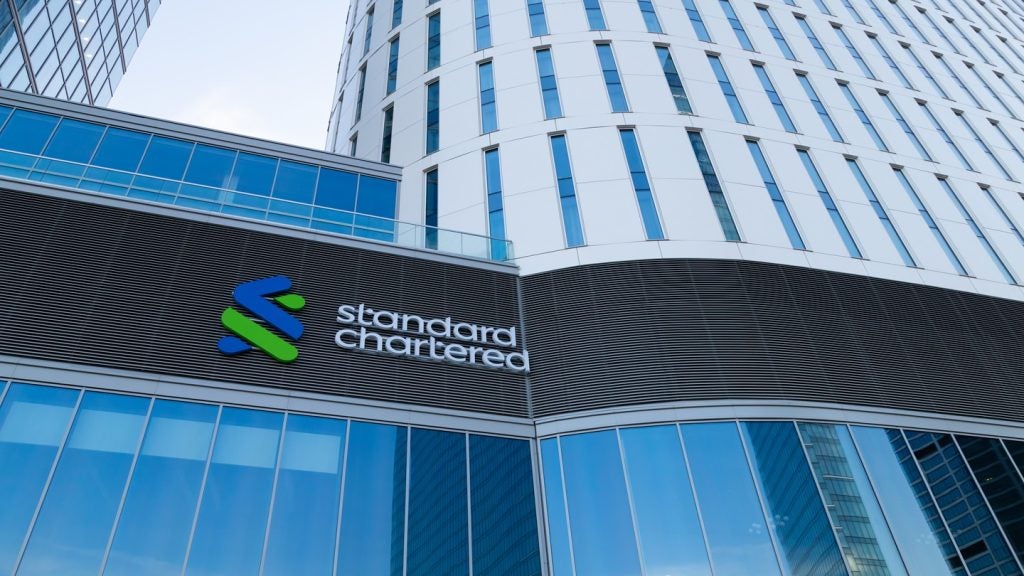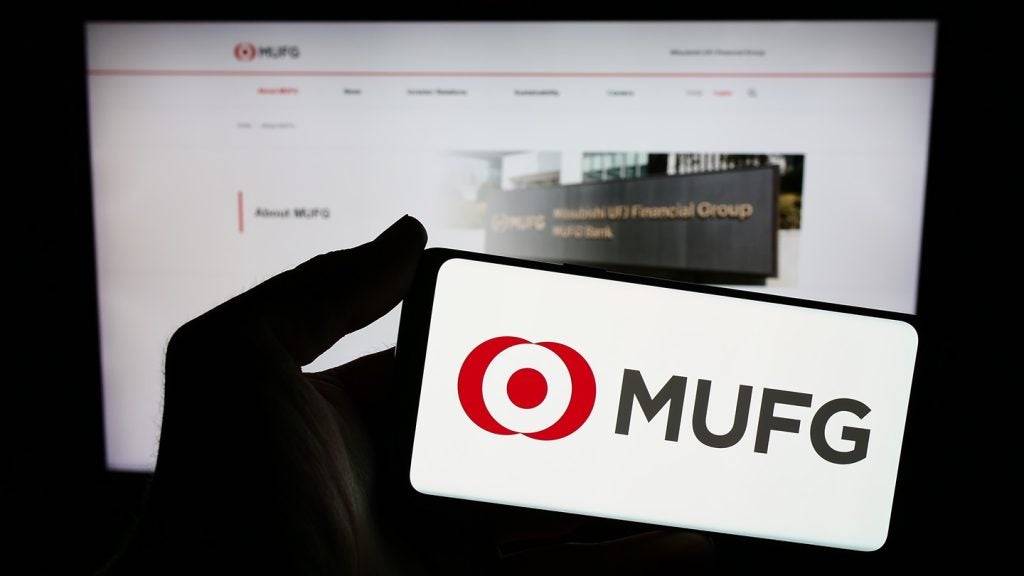The world’s 10 largest wealth managers
lost $2.19 trillion in assets under management in 2008, equivalent
to a 24.6 percent decline in total AuM.
Private Banker International research from the
companies’ most recent regulatory filings shows the extent of the
damage from declining investment markets, particularly in the
second half of last year. It also shows a significant reshuffle in
the wealth management hierarchy, driven by mergers and
acquisitions, client preferences and, in some cases, fluctuations
in exchange rates.
The most significant and controversial wealth management merger
of the year, the Bank of America/Merrill Lynch deal, has dislodged
UBS as the global leader in wealth management. It has created a
wealth management Goliath, with 24,516 brokers and advisers and a
combined 2008 pre-tax profit of $4.6 billion. Yet, despite its vast
potential, Bank of America management and shareholders will find it
hard to get excited about an acquiree which, on a group level,
endured $15.3 billion of losses in the fourth quarter of last year
alone, mainly a result of losses in its Global Markets and
Investment Banking unit.
Citigroup, which had been the second largest
wealth manager in 2007, drops to third in 2008. If its Smith Barney
brokerage – in which it sold a 51 percent stake to Morgan Stanley
in January this year – is taken out of the equation, Citi Private
Bank falls to sixth, just behind HSBC. PBI estimates the
combined Morgan Stanley-Smith Barney business, which is due to
complete in the third quarter, would have ranked third in the
end-year 2008 rankings, taking into account fourth quarter declines
in AuM, with around $1.4 trillion.
Citi’s move to downsize its wealth business
was necessary to strengthen the bank’s Tier-1 capital, but may have
other benefits. Its private bank should be able to focus more on
serving the needs of its ultra high net worth and “mega wealth”
clients (see PBI 240).
Among the top performers, JP Morgan’s AuM
declined just $3 billion, or 1.2 percent, mainly because of
acquisitions over the course of the year, the most significant of
which in terms of wealth management was Bear Stearns.
How well do you really know your competitors?
Access the most comprehensive Company Profiles on the market, powered by GlobalData. Save hours of research. Gain competitive edge.

Thank you!
Your download email will arrive shortly
Not ready to buy yet? Download a free sample
We are confident about the unique quality of our Company Profiles. However, we want you to make the most beneficial decision for your business, so we offer a free sample that you can download by submitting the below form
By GlobalDataBarclays slipped out of the top 10 to 12th,
despite its $250 million acquisition of Lehman Brothers’ North
American investment banking and capital markets operations, and an
increase in assets under management of 9.5 percent in domestic
currency. This was a result of the considerable weakening of
sterling during 2008. At constant, 2007 exchange rates, it ranked
as the eighth largest global wealth manager by AuM.
BNP Paribas, whose assets under management
declined 12.2 percent in euro terms, is also set to be boosted by
the acquisition of a much-weakened Fortis, taking it to seventh
from ninth in the rankings. PBI calculates Fortis will
bring €43 billion ($60 billion) in new private banking assets to
the franchise, making the combined entity the biggest in the
eurozone.
Taken as a single entity, Bank of
America/Merrill suffered the largest decline in AuM, down $624
billion or 26.1 percent, mainly a result of a $504 billion 2008
decline at Merrill. It was closely followed by UBS, whose ‘invested
assets’, the term used to measure its business performance, were
down $533 billion, also 26.1 percent. Aside from assets under
management, net inflows or outflows of client money are considered
to be another strong indicator of sentiment towards private banking
brands and business models.
 The best performer for
The best performer for
whom information was available among the top 10 was BNP Paribas.
Excluding its acquisition of Fortis, net new money was equivalent
to 7.8 percent of its year-end 2007 assets. Other strong performers
were Deutsche Bank, with inflows equivalent to 6.7 percent of its
client asset base and Credit Suisse, with inflows of 5 percent
end-2007 AuM.
Morgan Stanley’s relatively poor AuM
performance, a decline of 27.9 percent, is explained by the sale of
its Spanish business, with an estimated $10 billion in client
assets, in early 2008. Over the year, it had net inflows of 4.8
percent, which came predominantly from its US branch system.
It was also a significant year for staffing
levels for advisers and brokers at the largest wealth management
firms, where employee numbers fell by 3.5 percent. Seven of the 10
businesses ranked in the PBI top 10 gave figures for the
number of advisers or brokers on their books. At the end of 2007
there were 69,406 of these employees, down to 66,953 by the end of
2008.
• Note: Exchange rates used in this
article relate to exchange rates at 1 January 2009, in line with
the figures used with the survey data.
|
PBI GLOBAL Top 10 |
||||||
|
Top 10 wealth managers – global |
||||||
|
2007 rank |
2008 rank |
Bank |
2007 AuM ($bn) |
2008 AuM ($bn) |
Change |
Change |
|
6 |
1 |
Bank of America/Merrill(1) |
2,395 |
1,771 |
-624 |
-26.05 |
|
1 |
2 |
UBS |
2,040 |
1,507 |
-533 |
-26.13 |
|
2 |
3 |
Citigroup |
1,784 |
1,320 |
-464 |
-26.01 |
|
3 |
n/m |
Merrill Lynch(2) |
1,751 |
1,247 |
-504 |
-28.78 |
|
4 |
4 |
Credit Suisse |
745 |
609 |
-136 |
-18.26 |
|
6 |
n/m |
Bank of America 2) |
644 |
524 |
-120 |
-18.63 |
|
5 |
5 |
Morgan Stanley(3) |
724 |
532 |
-202 |
-27.90 |
|
7 |
6 |
HSBC |
421 |
352 |
-69 |
-16.39 |
|
9 |
7 |
BNP Paribas/Fortis(4) |
400 |
293 |
-107 |
-26.75 |
|
11 |
8 |
JP Morgan |
261 |
258 |
-3 |
-1.15 |
|
9 |
n/m |
BNP Paribas (2) |
278 |
233 |
-45 |
-16.19 |
|
8 |
9 |
Deutsche Bank |
285 |
230 |
-55 |
-19.30 |
|
13 |
10 |
Goldman Sachs |
219 |
215 |
-4 |
-1.8 |
|
Totals |
9,274 |
7,087 |
-2,187 |
-23.58 |
||
|
n/m= not meaningful; (1) formed by merger |
||||||
|
GLOBAL WEALTH |
||||||
|
Top 10 wealth managers – at 2007, constant |
||||||
|
2007 rank |
2008 rank |
Bank |
2007 |
2008 |
Change ($bn) |
Change (%) |
|
6 |
1 |
Bank of America/Merrill(1) |
2,395 |
1,771 |
-624 |
-26.05 |
|
1 |
2 |
UBS |
2,040 |
1,419 |
-621 |
-30.44 |
|
2 |
3 |
Citigroup |
1,784 |
1,320 |
-464 |
-26.01 |
|
3 |
n/m |
Merrill Lynch(2) |
1,751 |
1,247 |
-504 |
-28.78 |
|
4 |
4 |
Credit Suisse |
745 |
573 |
-172 |
-23.09 |
|
6 |
n/m |
Bank of America (2) |
644 |
524 |
-120 |
-18.63 |
|
5 |
5 |
Morgan Stanley(3) |
724 |
532 |
-192 |
-26.52 |
|
7 |
6 |
HSBC |
421 |
352 |
-69 |
-16.39 |
|
9 |
7 |
BNP Paribas/Fortis(4) |
400 |
307 |
-93 |
-23.25 |
|
10 |
8 |
Barclays |
265 |
290 |
25 |
9.43 |
|
11 |
9 |
JP Morgan |
261 |
258 |
-3 |
-1.15 |
|
9 |
n/m |
BNP Paribas (2) |
278 |
244 |
-34 |
-12.23 |
|
8 |
10 |
Deutsche Bank |
285 |
241 |
-44 |
-15.44 |
|
Totals |
9,320 |
7,063 |
-2257 |
-24.22 |
||
|
n/m=not meaningful; (1) formed by merger of |
||||||







